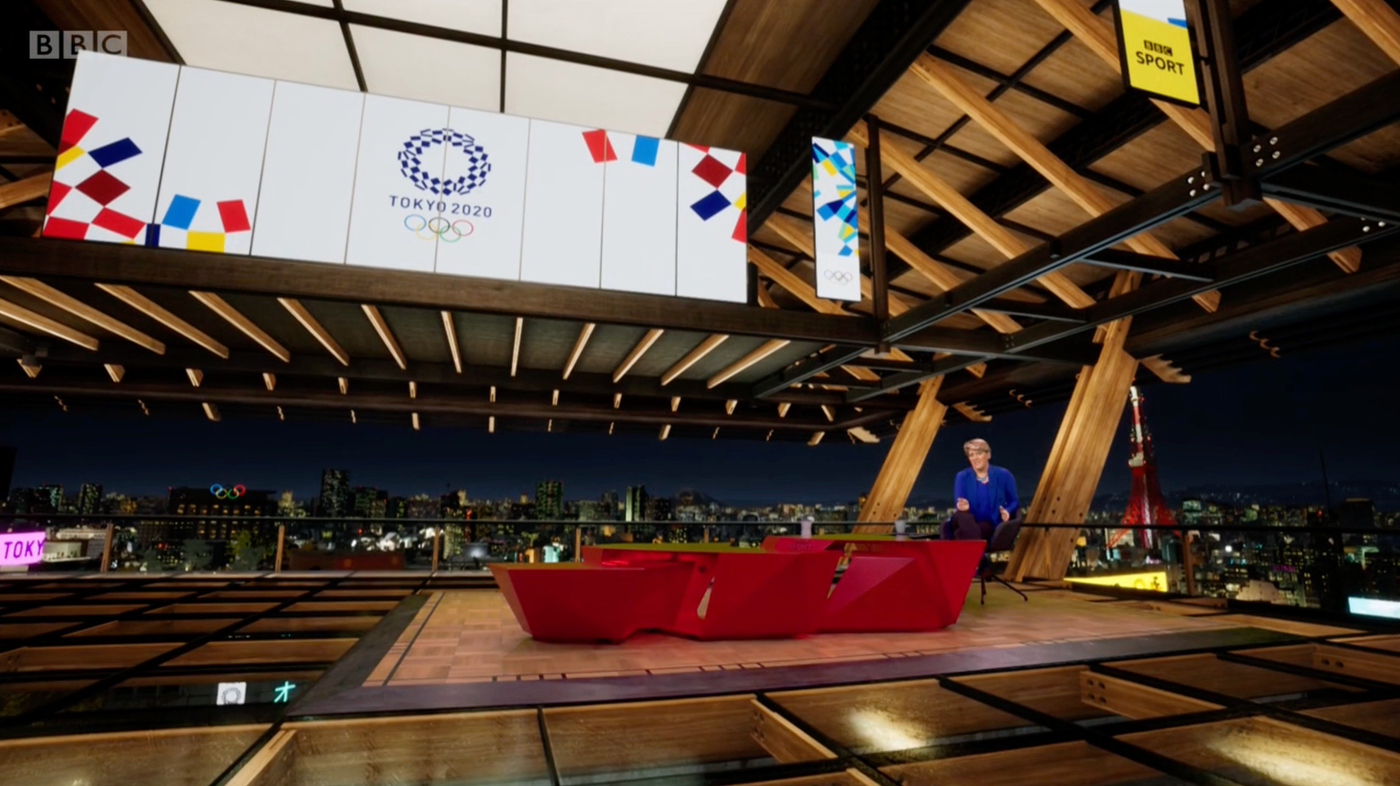Column: Green virtual production. Is it just a marketing buzzword?

Weekly insights on the technology, production and business decisions shaping media and broadcast. Free to access. Independent coverage. Unsubscribe anytime.
The latest data from BAFTA’s sustainability calculator shows that one hour of television production generates 9.2 metric tons of CO2 equivalent. The good news: This is a 10% reduction in carbon footprint since 2017.
The bad news? It would still take more than 900 trees a whole year to absorb that hour’s worth of entertainment. And that’s just to mitigate the environmental costs of production; it doesn’t include the impact of transmission or distribution. Clearly, broadcasters have a long way to go before becoming truly sustainable.
Luckily, virtual production may help. Throughout the pandemic, the technology has frequently been highlighted as a path to lower the industry’s carbon footprint. But are the sustainability benefits to virtual production genuine, or is “green VP” just another marketing buzzword?
Making sustainability the new normal
First, let’s look at how things stood pre-pandemic. It’s important to remember that before COVID-19, broadcasters were already starting to leverage remote workflows to reduce the number of people and equipment that had to be transported to other locations.
This made sense for long-form events that took place far away, as the sustainability benefits of reducing travel are obvious. However, for local short-form productions like a national soccer season in Europe, the figures didn’t always stack up.
What the pandemic did was move remote production from “Can we make it work?” to “This is how we have to work.” Add virtual production techniques such as XR on LED stages into the mix and there have been several compelling case studies showing how the carbon footprint of crew and equipment has been reduced.
At the Tokyo Olympics, for instance, broadcasters like the BBC used remote XR stages in their home country to produce multiple different studio looks across the event. Though these solutions didn’t require fewer people, their clever deployment optimized where the crews were located and how much travel was involved. A remote production of this kind could reduce traveling crew by 30 to 40 percent.

The BBC’s 2020 Olympic virtual studio.
The Mandalorian is another excellent example. The virtual production sets used on the series helped the team create and edit backdrops before shooting. This meant there was no need to take a crew of 200 to a remote desert location, which helped production cut carbon emissions by 30 tons.
Of course, virtual production isn’t just good for reducing travel time. There are examples of studio productions using virtual sets to enable a quick turnaround between shows, too. For instance, we have a customer in Latin America that produces eight programs a day, each with a different set, from the same physical space. Switching out the digital set is so easy that it takes place during the ad break. This not only makes the production more efficient, but it also means there’s less physical construction needed.
Is virtual production enough?
Though virtual production can certainly help productions be more eco-friendly, it isn’t always going to be the best solution on its own. The technology involves a lot of power-hungry equipment, from a tracking system through to lights, cameras, servers and entire walls of LEDs. There’s also a huge amount of data that needs to be processed and stored, all of which consumes energy.
In order to leverage the environmental benefits of virtual production, it’s important to look at your project holistically. Ensure that sustainability is considered from the very start of the workflow and crunch the numbers to confirm that going virtual is the best solution to achieve your sustainability goals. If you’re thinking of using LED walls and volumes, for example, explore whether minimizing their size or engaging with more eco-conscious LED suppliers can make a difference to how carbon-neutral your production is compared to the alternatives.
At the higher end of the spectrum, you can even look to move to more sustainable energy suppliers, so that your production is powered by greener sources. I’ve seen many event venues start to do this—for example, stadiums that are introducing local generation plants and switching away from diesel generators.
It’s not just the screens that are green
When I started in the industry in the early 2000s, environmental issues were only just being raised into the mainstream consciousness. Productions that used virtual production technology were few and far between; the setup was expensive, complex and reserved for tentpole shows.
Today, virtual production technology is more accessible than ever. As major broadcasters like Sky Sports aim for their greenest Premier League season ever, and as the number of broadcasters actively engaged with the Albert initiative continues to rise, the industry is prioritizing a more sustainable future. In the coming years, we won’t just be talking about whether to use green screens—but also how to make fully green productions.




tags
BBC, Coronavirus, Extended Reality, LED, Mike Ruddell, Ncam, Remote Production, Virtual Event Production, virtual reality, Virtual Sets, virtual studios
categories
Augmented Reality, Virtual Production and Virtual Sets, Broadcast Engineering, Creative Freedom, Event Production, Featured, Remote Production, Virtual Sets, Voices